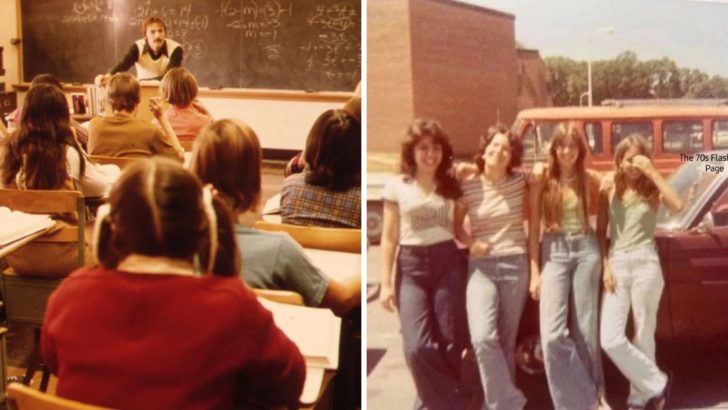The ‘70s and ‘80s were a distinctive period in educational history, marked by a set of school rules that might seem utterly bizarre to today’s students. Back then, schools were governed by a strict set of guidelines that reflected the cultural and social norms of the time. While some of these rules aimed at maintaining discipline and order, others were simply a product of the era’s unique quirks.
Take a nostalgic trip down memory lane as we explore twelve surprising school rules from the ‘70s and ‘80s that are sure to raise eyebrows today. These rules give us a glimpse into a world where discipline, decorum, and a dash of eccentricity reigned supreme.
1. Strict Dress Codes
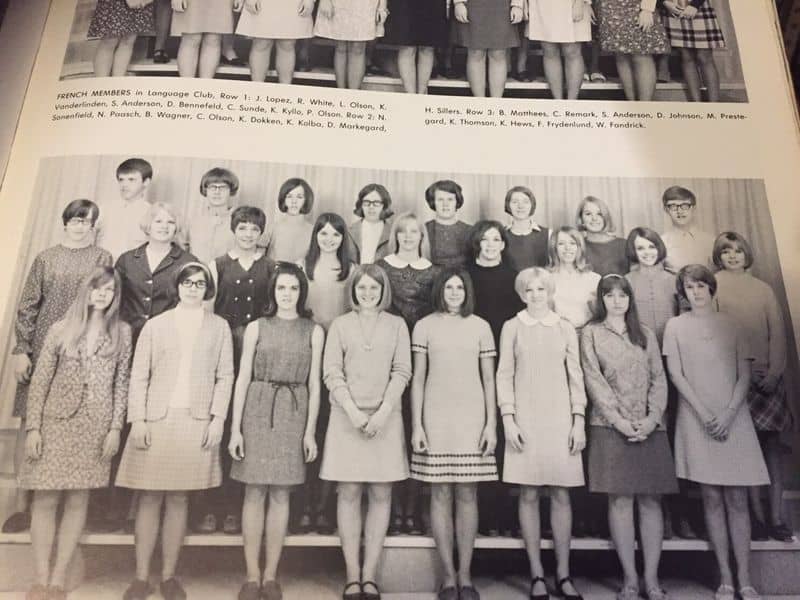
Back in the ‘70s and ‘80s, dress codes were far more stringent than those in most schools today. Uniforms were often mandatory, with boys typically required to wear ties and girls wearing skirts that extended below the knee. These rules aimed to instill discipline and a sense of unity among students. Strict dress codes limited personal expression but created a uniform look across the student body. This often led to creative rebellion, with students finding subtle ways to personalize their attire. Despite its restrictive nature, some argue it fostered a focused learning environment.
2. Corporal Punishment
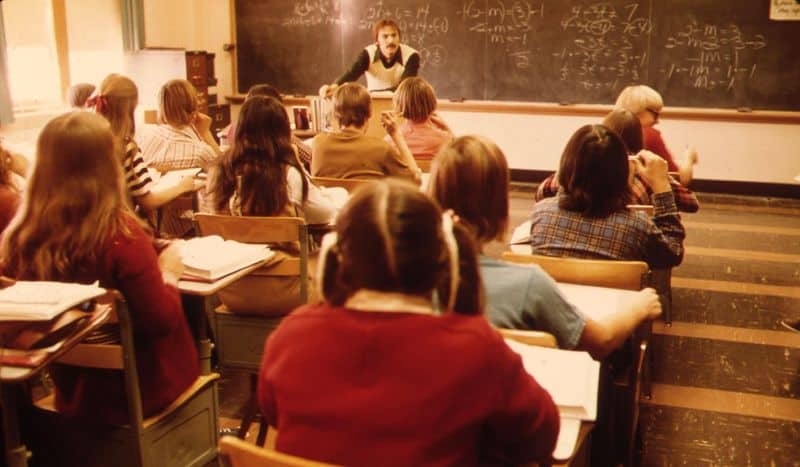
Corporal punishment was a common disciplinary measure in schools during the ‘70s and ‘80s. Teachers and administrators were permitted to use physical discipline, such as paddling, to manage unruly behavior. This practice was intended to enforce discipline and deter misconduct. However, it often sparked controversy and debate about its ethical implications and effectiveness. Many students feared the paddle, which could be administered for reasons ranging from tardiness to more serious infractions. The use of corporal punishment has since been largely abolished in favor of more constructive disciplinary methods.
3. No Talking in Class
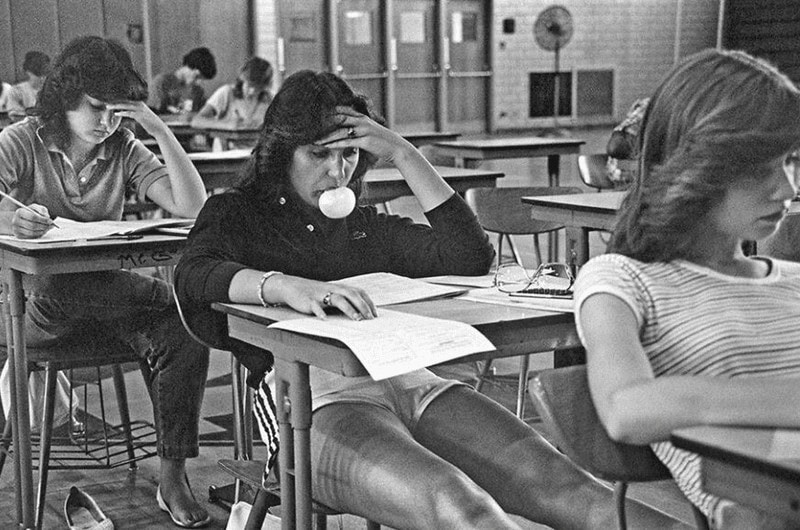
Silence was golden in classrooms of the ‘70s and ‘80s. Students were expected to remain silent unless called upon by the teacher. This rule was enforced to ensure a conducive learning environment and prevent distractions. Teachers maintained strict control over the classroom, with little tolerance for disruptions. Students who violated this rule often faced detention or other disciplinary actions. While this might seem extreme by today’s standards, it was believed to cultivate respect and concentration. Over time, educational philosophies have shifted to encourage more interactive and communicative classroom dynamics.
4. Mandatory Morning Pledge

Each school day in the ‘70s and ‘80s often began with the recitation of the Pledge of Allegiance. This ritual was intended to instill patriotism and a sense of national pride among young students. Students were expected to stand, place their right hand over their heart, and speak in unison. The practice was a symbolic gesture that reflected the era’s emphasis on civic duty and national unity. While still practiced in many schools today, the mandatory nature of this ritual has been relaxed in most areas, allowing for greater personal choice and expression.
5. Gender-Specific Classes
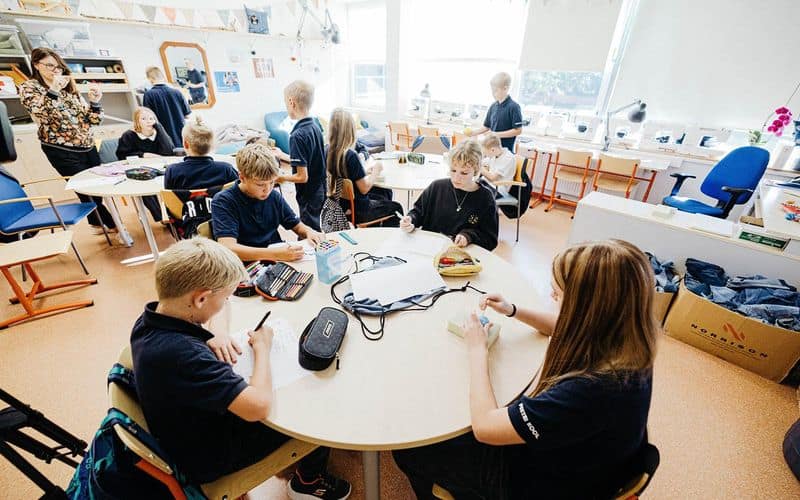
During the ‘70s and ‘80s, many schools offered classes that were divided by gender. Girls typically attended home economics courses, while boys were enrolled in woodshop or mechanical classes. These divisions were based on traditional gender roles and societal expectations. The intention was to prepare students for their assumed future roles in society. However, this practice limited exposure to diverse skills and reinforced gender stereotypes. As societal norms have evolved, schools now offer more inclusive programs that encourage all students to explore a variety of subjects, promoting equality and breaking down outdated barriers.
6. Limited Access to Technology
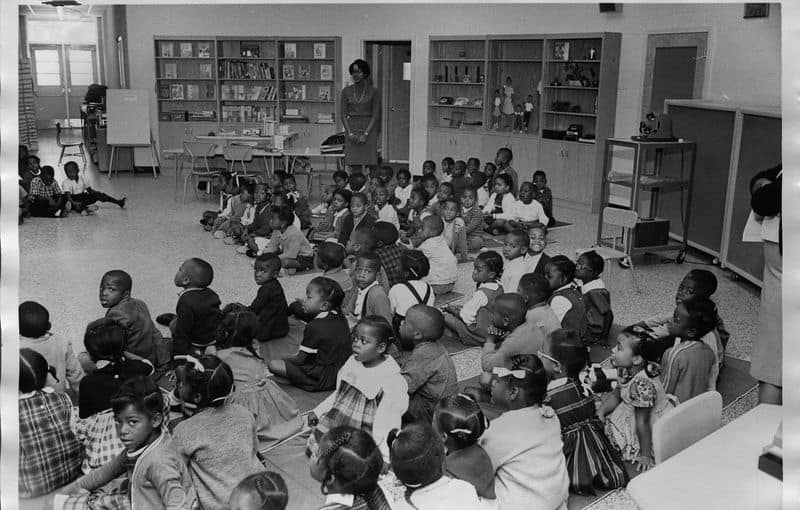
In the ‘70s and ‘80s, technology in schools was limited and often rudimentary by today’s standards. Computer labs, where available, were equipped with large, bulky machines that offered basic programming and typing lessons. Access to these resources was often restricted, with only designated times for use. The primary focus was on foundational skills, as the digital revolution had yet to take full effect. While this limited access might seem restrictive now, it laid the groundwork for today’s tech-savvy generations. The evolution of technology in education has dramatically transformed learning experiences, expanding opportunities for all students.
7. Strict Attendance Records

Attendance was a critical component of student evaluation in the ‘70s and ‘80s. Schools maintained rigorous attendance records, and missing school without a valid excuse often resulted in severe consequences. This focus on attendance was rooted in the belief that consistent participation was essential for academic success. Parents were regularly informed of their children’s attendance status, and chronic absenteeism could lead to disciplinary action. While maintaining good attendance is still important, modern approaches are more understanding of the diverse challenges students may face, emphasizing support and communication over punitive measures.
8. No Gum Chewing

Gum chewing was strictly prohibited in schools during the ‘70s and ‘80s. The rule was enforced to maintain cleanliness and order in the classroom. Teachers believed that gum chewing could be distracting and lead to messes under desks and chairs. Students caught chewing gum might face detention or be asked to scrape gum from surfaces as punishment. This rule often led to creative attempts by students to chew gum discreetly. Nowadays, attitudes towards gum in schools have relaxed, with some educators recognizing that it can help with concentration and stress relief.
9. Mandatory Physical Education
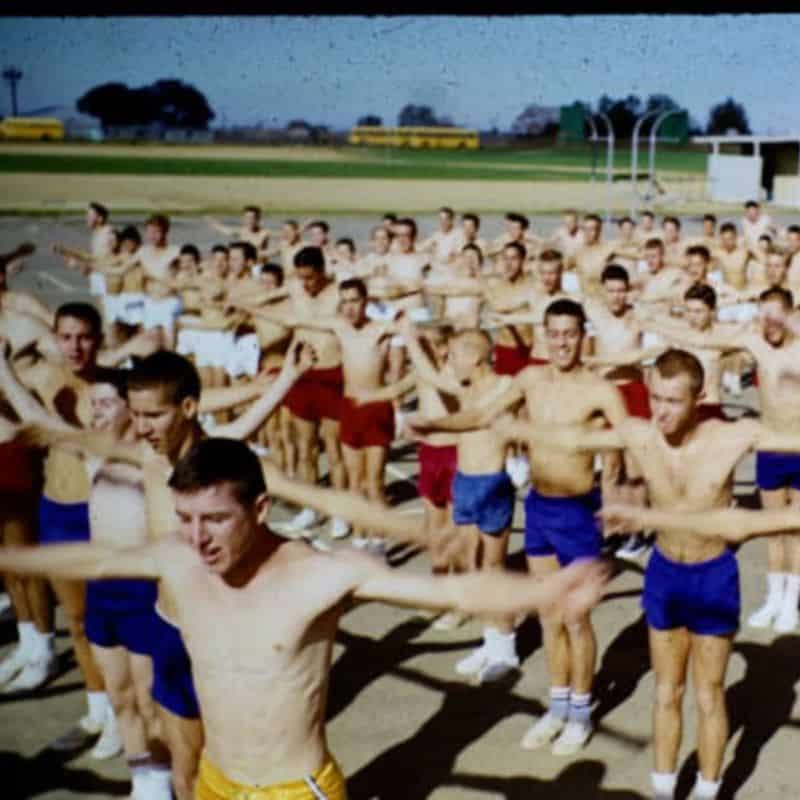
Physical education was a mandatory part of the school curriculum in the ‘70s and ‘80s, emphasizing physical fitness and team sports. Students were required to participate in various physical activities, developing skills and promoting health. The curriculum often included team sports, calisthenics, and fitness tests. While some students relished these classes, others found them challenging or daunting. Physical education aimed to foster teamwork, discipline, and physical well-being. Today, while still an essential part of education, PE has evolved to be more inclusive and accommodating, encouraging lifelong fitness and well-being for all students.
10. Limited School Lunch Options

School lunch in the ‘70s and ‘80s offered limited options compared to today’s diverse menus. Cafeterias typically served basic meals, often lacking variety and nutritional balance. Students had few choices and were expected to eat what was provided. This limited selection was partly due to budget constraints and nutritional guidelines of the time. While this might seem inadequate now, it reflected the era’s simpler approach to school meals. Modern school cafeterias offer a wider range of options, catering to dietary needs and preferences, reflecting a growing awareness of nutrition and health in education.
11. Prohibition of Personal Electronics

Personal electronic devices, such as radios and cassette players, were prohibited in schools during the ‘70s and ‘80s. This rule was enforced to prevent distractions and maintain focus on academics. Students caught with these devices could face confiscation or disciplinary actions. The absence of such electronics in the classroom was intended to create an environment conducive to learning. Today, the landscape has changed dramatically, with technology being integrated into the learning process. While certain guidelines still exist, many schools now embrace the use of personal devices as educational tools.
12. Frequent Fire Drills
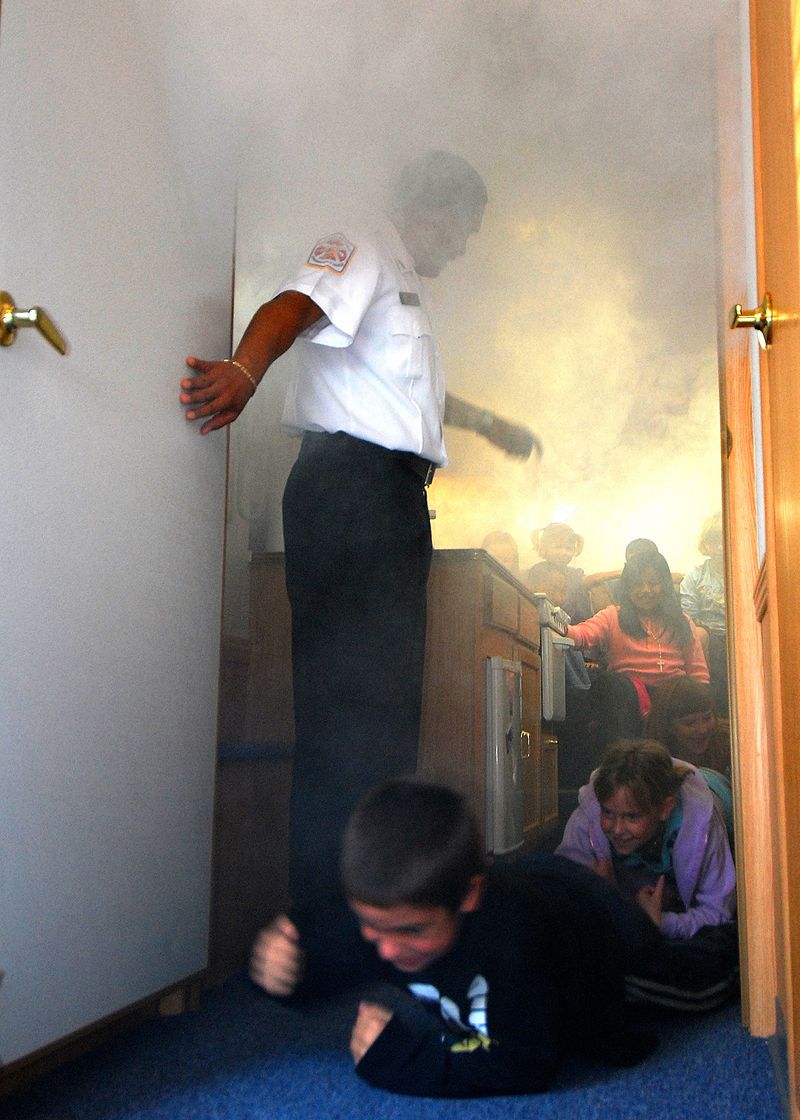
Fire drills were a regular occurrence in schools during the ‘70s and ‘80s. These drills were conducted to ensure students knew how to evacuate safely in case of an emergency. The emphasis was on orderly behavior and compliance with safety protocols. Students practiced lining up quickly and quietly, exiting the building in an organized manner. While still a standard safety practice today, the frequency and execution of fire drills in those decades were more rigorous. This regular training aimed to instill a sense of preparedness and responsibility in students, fostering a safe school environment.

Well, hello there!
My name is Jennifer. Besides being an orthodontist, I am a mother to 3 playful boys. In this motherhood journey, I can say I will never know everything. That’s why I always strive to read a lot, and that’s why I started writing about all the smithereens I came across so that you can have everything in one place! Enjoy and stay positive; you’ve got this!

